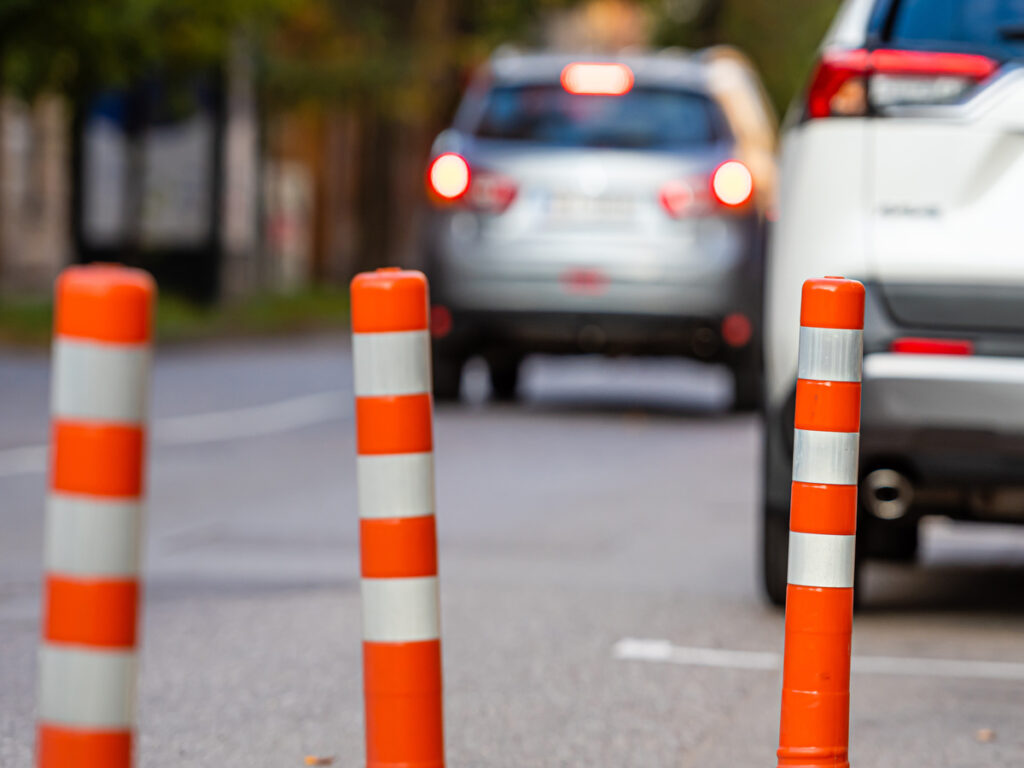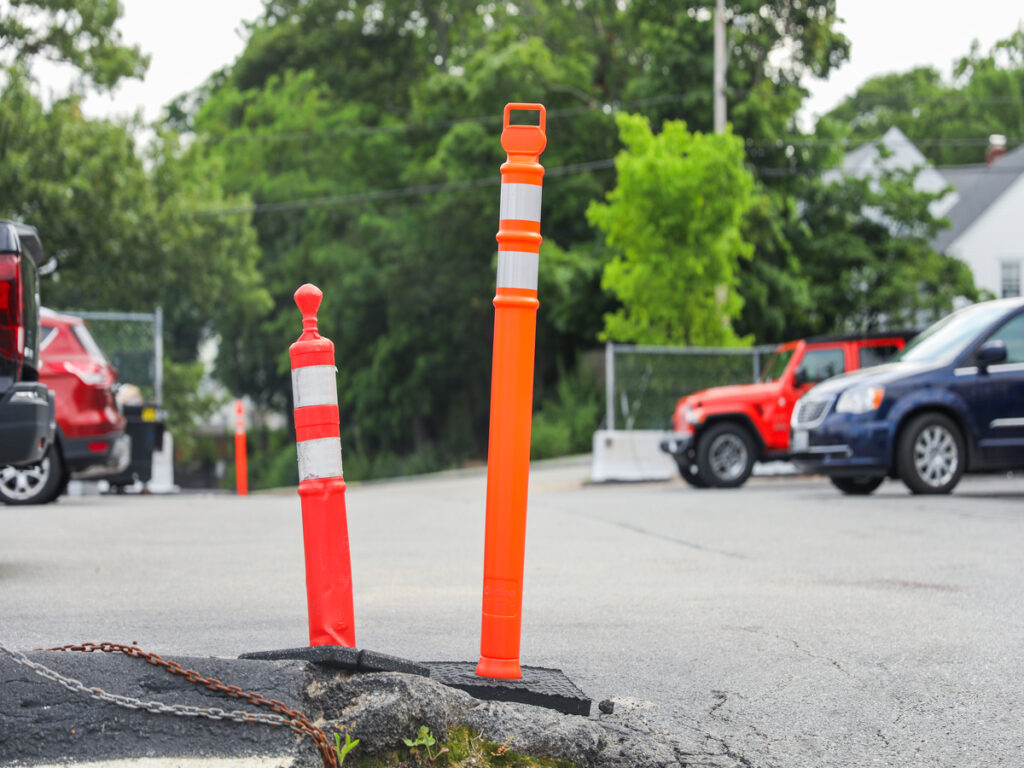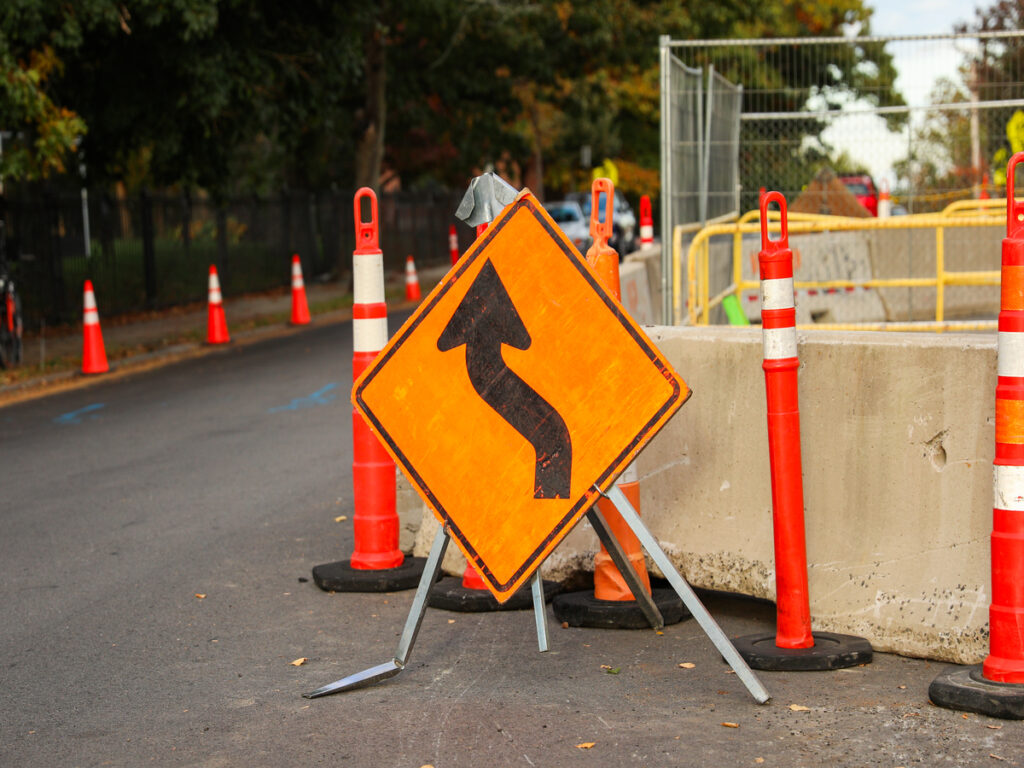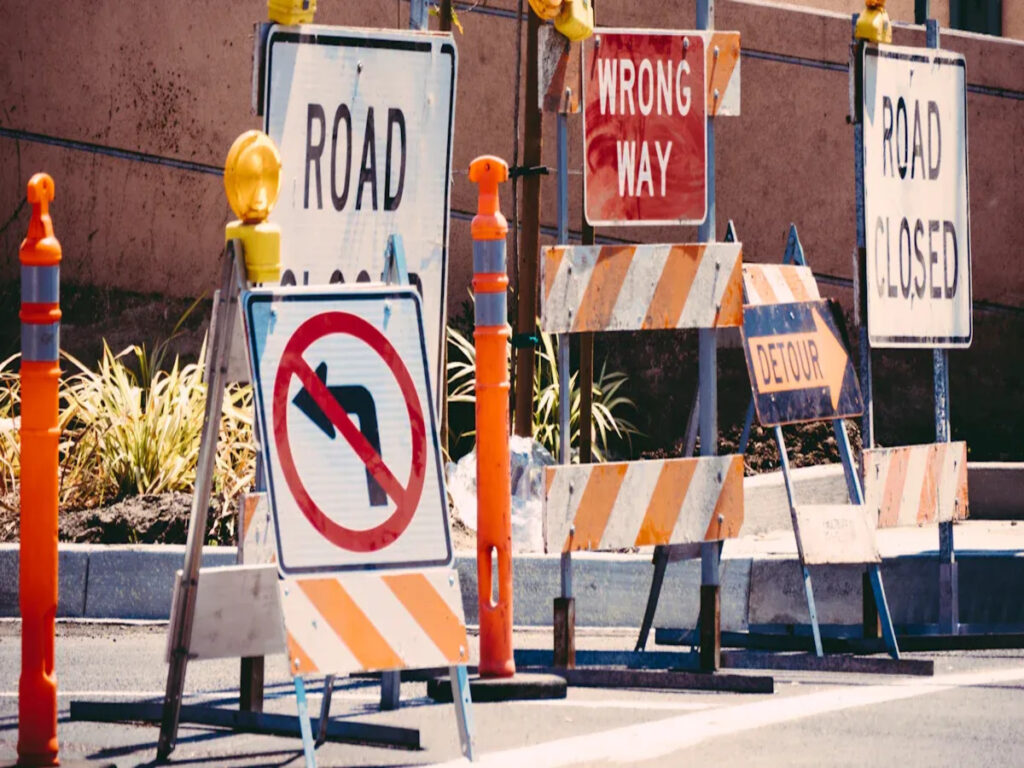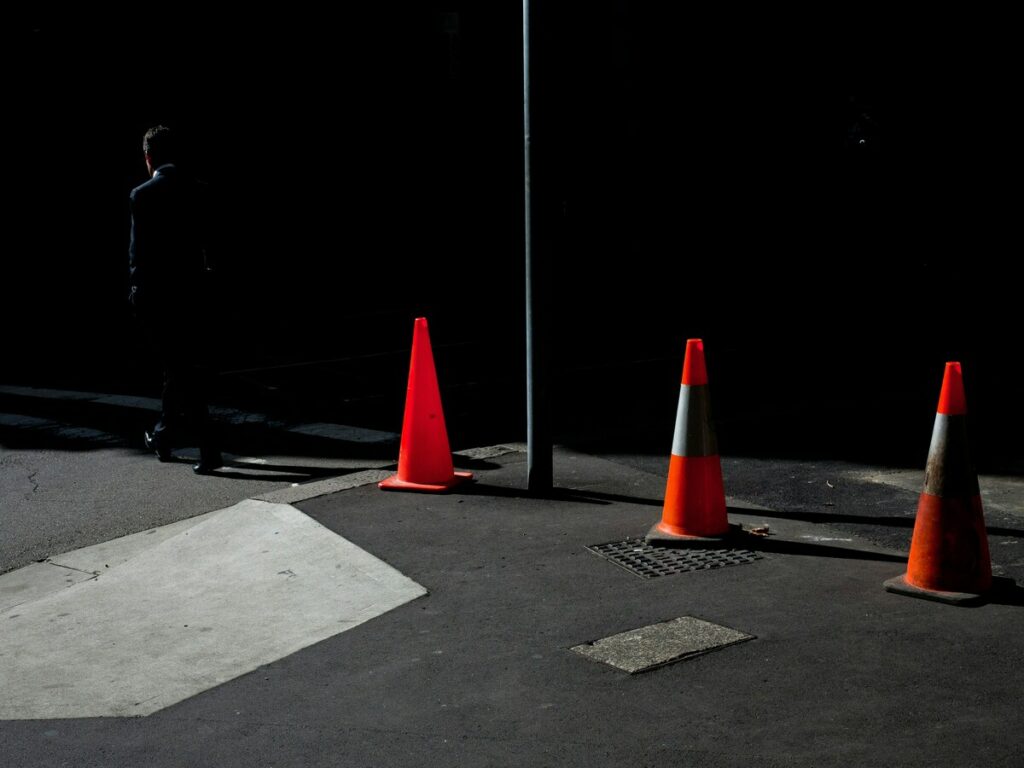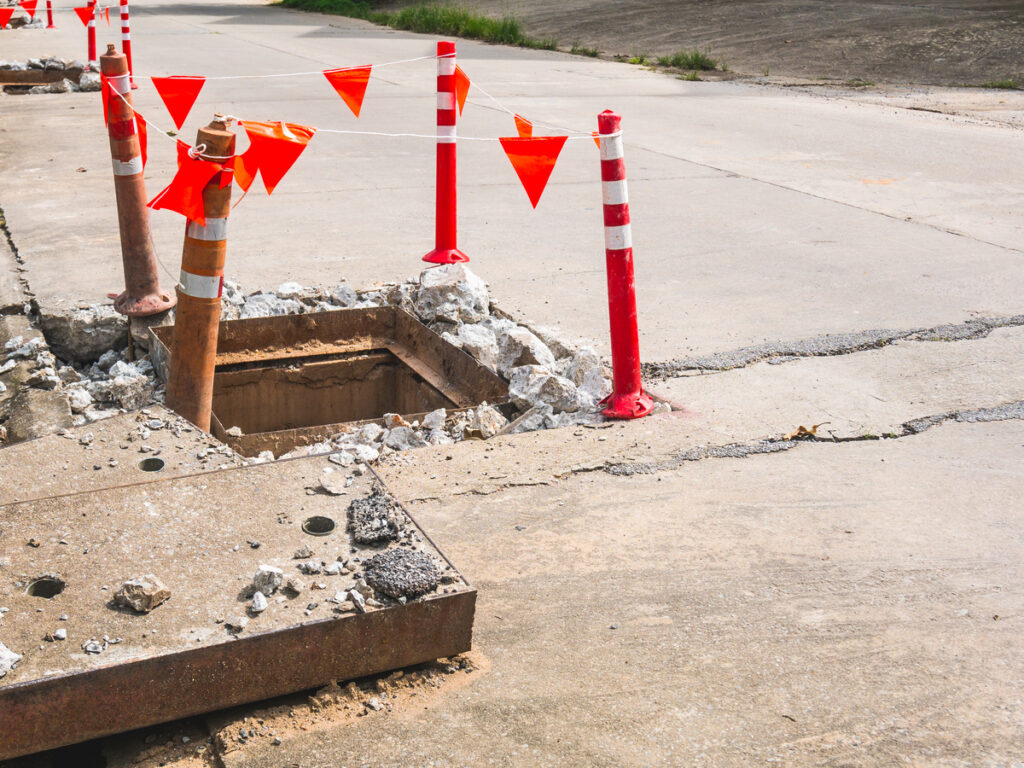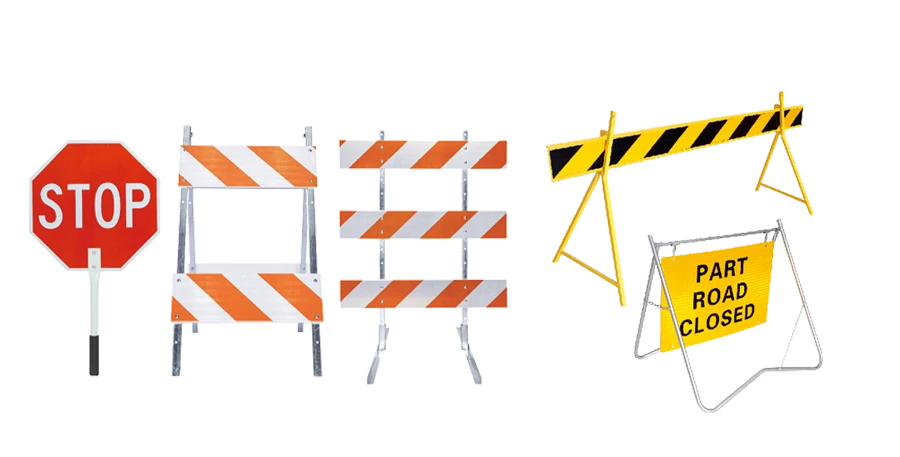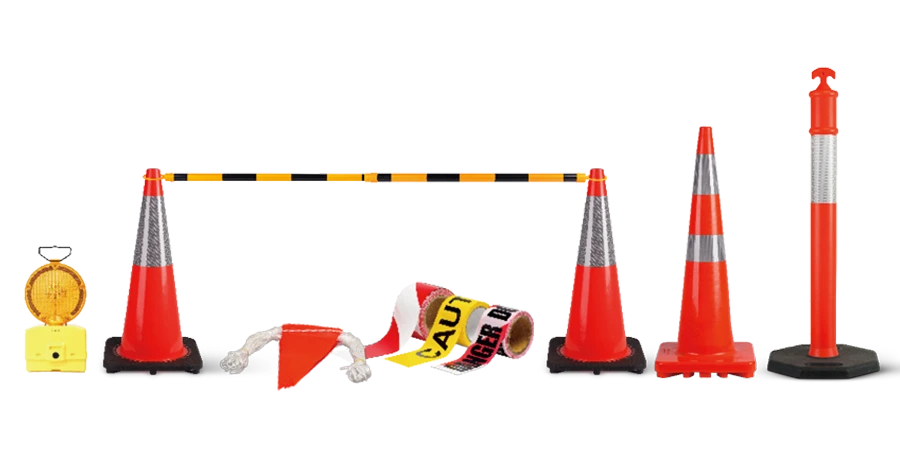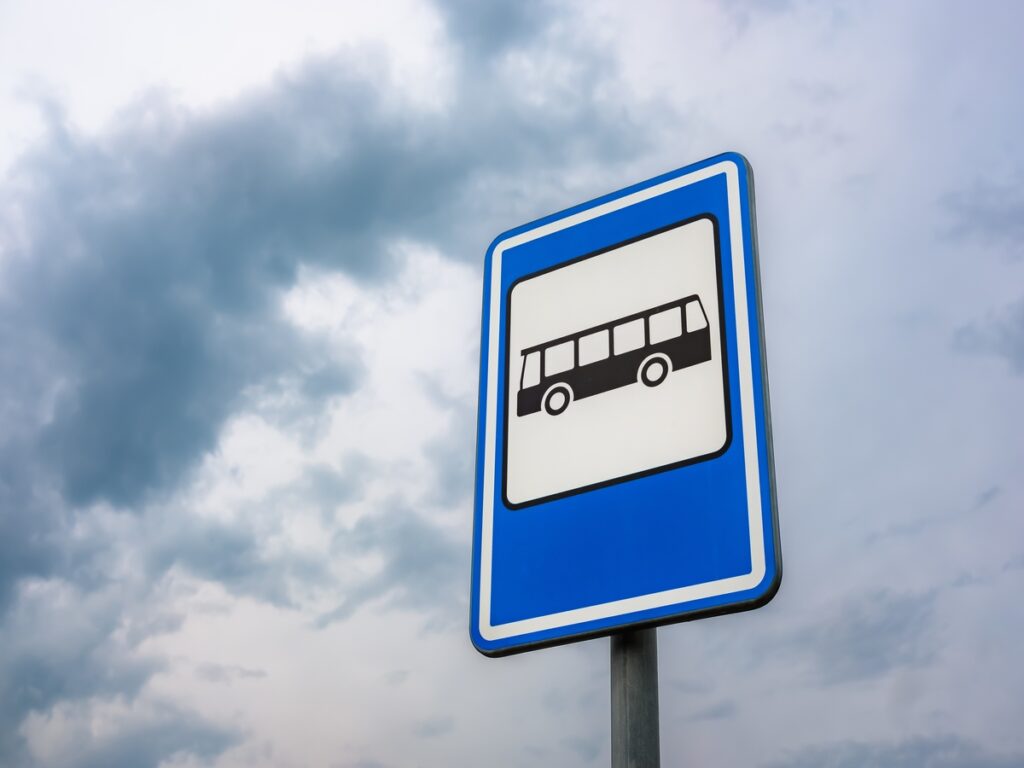
Passengers at Coventry station often have trouble finding their way. This is because bus signs and markings are faded. Yellow hatching marks in front of bus stands are meant to keep drivers safe during shift changes. These marks stop suddenly and do not join up with footways. Why do bus signs at this interchange not connect properly? What safety risks does this cause? Many passengers at Coventry interchange have seen drivers walk into traffic when crossing. Fixing these problems will help passengers and transport planners make the station better.
Bus Signs and Safety
Guiding Users
Bus signs are very important for helping people. They show drivers and walkers where to go at busy places. Coventry has lots of buses and people moving around. This makes things confusing. Clear bus signs help everyone find their way fast. When people get to the interchange, they look for bus information. They want to know which bus to take and where to wait. Good traffic signs stop people from getting mixed up. They help people move safely to platforms and exits.
Places like Coventry need clear wayfinding signs. These signs give information in different ways. Some signs use pictures and some use sounds. This helps people who cannot see or hear well. If bus stops and signs are always in the same place, it helps everyone. Even people who have never been there before can find their way. Digital signs can show new information right away. This means people do not have to wait for someone to tell them.
Prévenir les accidents
Safety is always very important at bus stations. At Coventry, bus signs do more than just guide people. Ils aident également à garder tout le monde en sécurité. Digital signs can quickly show safety messages if there is a fire or other danger. Emergency alerts can show important messages right away. This helps keep passengers and staff safe.
Clear bus signs stop accidents from happening. They help people stay out of bus lanes and other dangerous areas. Lorsque les signes sont faciles à voir, drivers know where to stop. Passengers know where to wait. This keeps everyone safe and helps buses run smoothly. Good traffic signs help disabled people be more independent. They also help people feel less alone. Dans des endroits animés, these things make public transport safe and easy for all.
Coventry Station Design Issues
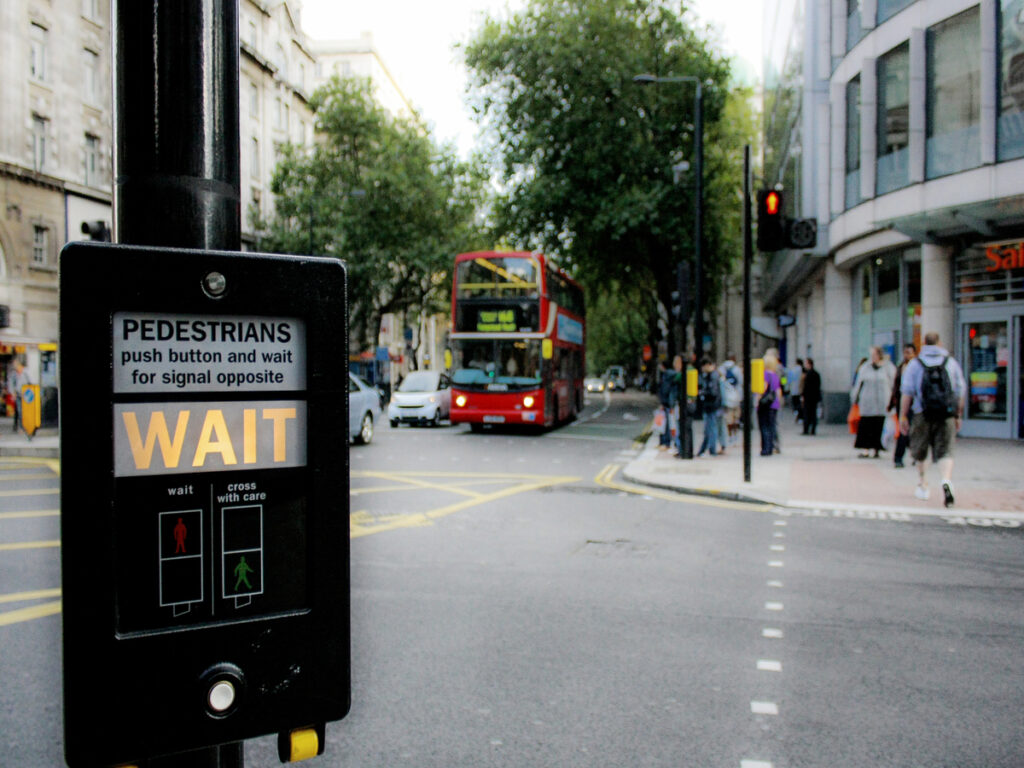
Yellow Hatching Marks
Coventry station has yellow hatching marks by bus stands. These marks help keep bus drivers safe when they change shifts. The yellow lines show where buses stop and where drivers walk. Many people see that these marks end too soon. They do not join up with footways or crossings. This sudden stop puts drivers near moving traffic. Drivers have to step into the road to reach the pavement. Because the hatching does not link to footways, les gens sont confus. Passengers and staff often do not know where to walk. The station needs better links between the hatching and safe paths. A good station should guide everyone safely from the bus to the pavement.
Note: Safety experts say markings should join up with footways. This helps stop accidents and keeps drivers and passengers safe.
Faded Signage
Faded signs at Coventry station cause lots of problems. Some bus stop signs, like those for the Night Out initiative, have lost their colour. Passengers find it hard to read important information. At night or in bad weather, faded signs are almost invisible. This makes it hard for people to find the right bus or shelter. The station needs clear signs to show people where to go. When signs fade, les gens sont confus. They might miss their bus or wait in the wrong spot. The bus station must keep all signs bright and easy to read. Regular checks and quick repairs help keep things safe and organised.
- Problems with faded signs at Coventry station:
- Bus numbers and destinations are hard to see.
- Night Out initiative signs do not stand out.
- Passengers miss important updates or changes.
Pavement Hazards
Pavement hazards at Coventry station put everyone at risk. Many places near bus stands have uneven ground. Cracks and loose paving stones make walking hard. People with mobility aids or pushchairs find these hazards very tough. Wet weather makes the ground slippery. Some bus shelters stand on broken ground, ce qui est dangereux. Recent reports show that bad pavements cause trips and falls. The station must fix these problems to keep people safe. Good pavements help everyone move safely from the bus to the shelter.
Conseil: Regular checks and repairs keep the station safe for everyone. Smooth pavements stop accidents and make Coventry station better.
Impact on Coventry Bus Station Users
Driver Safety Risks
Bus drivers at Coventry station face real danger when changing shifts. The yellow hatching marks do not join the footways. Drivers have to walk into moving traffic to get to the pavement. This puts them close to cars and buses driving by. Many people have seen drivers wait for a safe moment to cross. There are no clear paths, so drivers are not sure where to walk. Cela rend les accidents plus probables. The station should help drivers move safely between buses and safe areas. Without good markings, drivers feel confused and unsafe.
Note: Markings that join up with footways can help keep everyone safer and lower the risks for all bus users.
Confusion des passagers
Passengers at Coventry station often feel confused. Faded signs and unclear routes make it hard to find the right bus. Many people look for information but cannot see which stand to use. Some passengers miss their bus because they wait in the wrong place. Others cross busy lanes to get to a bus stand. This is dangerous for both passengers and people walking nearby. The station should help people move safely from one area to another. Clear signs and safe paths can guide passengers and stop confusion.
A table below shows common problems bus users face at the station:
| Problème | Impact on Bus Users |
|---|---|
| Faded signs | Missed buses, confusion |
| Broken pavements | Voyages, chute, slow movement |
| Unclear hatching marks | Unsafe crossings |
Real-World Incidents
Many bus users at Coventry station talk about problems they see every day. One passenger saw a driver almost get hit by a car while crossing from a bus stand. Another person missed her bus because she could not read the faded sign. A group of passengers waited at the wrong stand because the markings were not clear. These stories show how design problems hurt real people.
Passengers and bus users need a station that cares about their needs. Simple changes can stop accidents and make the station safer for everyone.
Causes of Bus Sign Issues
Planning Challenges
Many problems started when the station was first planned. The new bus station wanted to help everyone use public transport. Planners had to make hard choices. There was not much space for all the bus stands. This made it tricky to make clear paths for people and drivers. Some buses now skip the station because of traffic. The way the station is set up does not match how people walk. Students and visitors often cannot find the right bus. There are not enough easy-to-read maps or signs. This makes the station confusing for many people. Planners talked to bus users, but some needs were missed.
Contraintes budgétaires
Money problems changed how the new bus station looks. Pour économiser de l'argent, some things were left out. The first plan had a covered building and saw tooth bus stands. These changes made it harder for people and buses to move around. Now there are fewer signs and less information for passengers. The Visitor Information pod does not give bus details. There are no printed timetables, so using the buses is harder. Because of budget cuts, some safety features were not added to the station.
Missed Opportunities
The station got better in some ways, but missed some chances. Making bus signs connect well was not seen as important. Many signs do not show the way to places like the University of Warwick. There are still no clear maps or directions for new users. Richard Jones said bus information is still confusing. Buses seem less important than trains at the station. The new bus station could have been much better for public transport. Some basic needs for bus users were not met. With better planning and more care for passengers, the station could be safer and easier to use.
Improving Bus Station Design
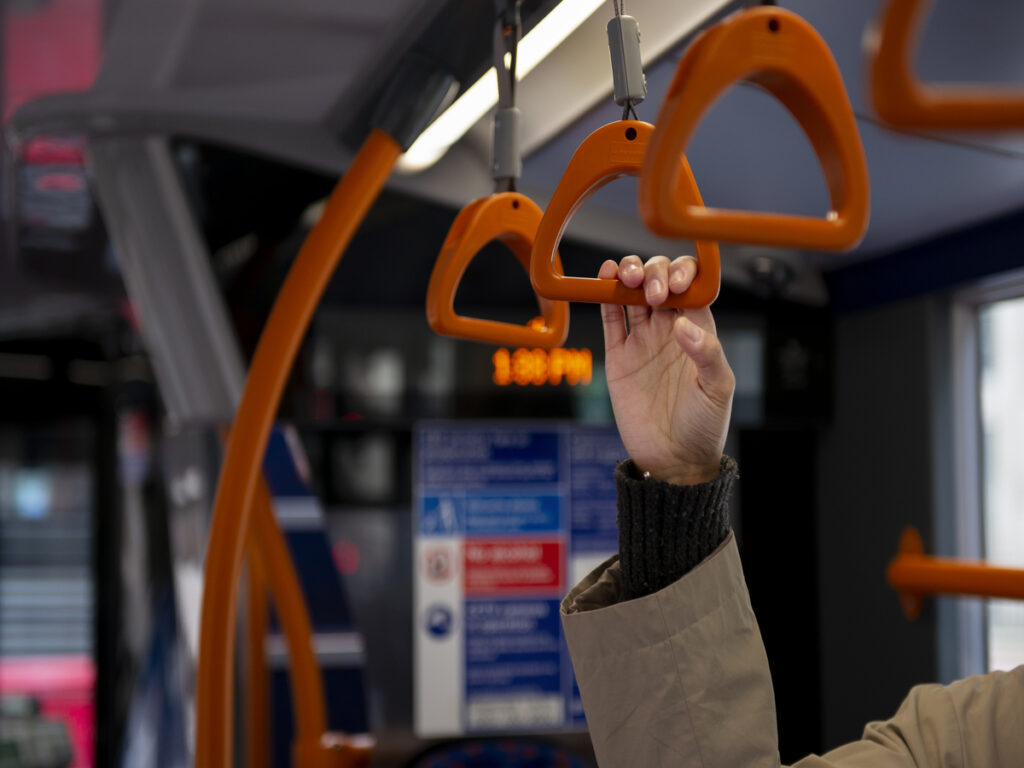
Better Connectivity
Bus stations work well when people can move easily. Passengers need to get from bus stands to shelters and exits. Many UK bus stations have made this easier by opening up spaces. They have taken away things that block the way. Norwich and Barnsley Interchange are good examples. They use open areas and glass walls so people can see better. These designs let in sunlight and help people feel safe. Coventry should make it easier for people to walk straight to bus stands. Clear paths help people get to buses and shelters without crossing roads. Footbridges and open walkways can make things safer for everyone. When stations connect well, people spend less time looking for signs. They have more time to enjoy their trip.
Clearer Signage
Clear traffic signs help people find what they need fast. Busy stations need signs that are easy to see in any weather. Using bright colours and big, simple letters makes signs easy to read. Symbols and pictures help people who do not speak English or have disabilities. Signs should be at important places like doors and exits. This helps people find buses and shelters. Strong materials keep signs looking good in rain or sun. Real time displays give people the latest bus times. Signs that look the same everywhere stop people from getting confused. This helps everyone feel sure about where to go.
Conseil: Check signs often to keep them easy to see. Take away anything that hides signs, comme des arbres ou des voitures garées.
Commentaires des utilisateurs
Listening to passengers helps make stations better. Pool Meadow Bus Station shows how feedback can make a place safer and friendlier. Passengers know where signs are missing or where it feels unsafe. Surveys and suggestion boxes let people share their ideas. Staff can use these ideas to plan new shelters and better signs. They can also fix information boards. Checking pavements and signs often keeps them in good shape. Working with local councils helps keep the station safe all year. When people see their ideas used, they trust the station more.
Continuous Signage for Coventry
Pedestrian Flow
Continuous signage at Coventry interchange helps people move around. Bus signs in the right places show where to go next. Clear signs tell you where bus stands, shelters, and exits are. Good signs stop people from getting lost or going to unsafe places. When signs link all parts of the interchange, passengers know where to walk and wait for their bus.
Designers use some rules to help people move safely. They make green paths with bright lights and short plants. This helps people see well and feel safe at night. They put up wayfinding signs for visitors and regular users. Traffic calming features like pedestrian refuges and crossings lower accident risks. Ramps and barrier-free paths help everyone reach bus stands, even those with wheelchairs or prams. Social spaces and nice plants near the interchange make people want to meet and feel proud of their station.
Conseil: Checking signs and paths often keeps walking safe and easy for everyone.
Safety in High-Traffic Areas
Safety in busy areas needs clear and joined-up bus signs. Bus sign systems give real-time updates about routes, fois, and changes. Passengers worry less when they know where to go and when buses come. Digital signs help control crowds and keep order at busy stops. Both passengers and staff get quick news in emergencies.
Good lighting and security make people feel safe. Designers keep views open so everyone can see around them. Station layouts stop crowds and stop problems between walkers, cyclistes, and cars. Cycle lanes and bike parking help people walk or cycle to the interchange. Using colours and materials that lift mood makes the place nicer. Technology like digital wayfinding tools helps people find their way and get to the right bus stand.
- Continuous signage helps with:
- Easy movement between bus stands and exits
- Safe walking in busy places
- Fast help in emergencies
- Confidence for everyone
Coventry’s bus station has problems with signs that are hard to see. Some markings are faded, and some paths are not safe. These problems make it less safe for everyone. Drivers and passengers can get confused when using the station. If bus signs connect well, people can move around safely. People in charge should check the station often and listen to what users say. Local leaders and planners need to fix these problems soon. When the bus station is safer and clearer, it helps everyone in the community.
FAQ
What do yellow hatching marks mean at Coventry Bus Interchange?
Yellow hatching marks show where buses stop. They also show where drivers change shifts. These lines help keep drivers safe. They mark areas where people and cars should not go.
Why are faded traffic signs a problem for passengers?
Faded signs are hard for passengers to see. People cannot find the right bus or shelter. This makes it easy to get confused. Some people miss their bus or move in unsafe ways.
How can better signage improve safety?
Clear signs help drivers and passengers know where to go. Good signs stop confusion and help people move safely. This lowers the chance of accidents at busy stations.
Who is responsible for maintaining bus station signs?
Local transport authorities and station managers look after signs. They must check signs often and fix them when needed. This keeps signs easy to see and up to date.
What improvements can help Coventry Bus Interchange?
Making longer walking paths, fixing faded signs, and repairing pavements can make the station safer. Asking users for feedback helps planners know what people really need.

